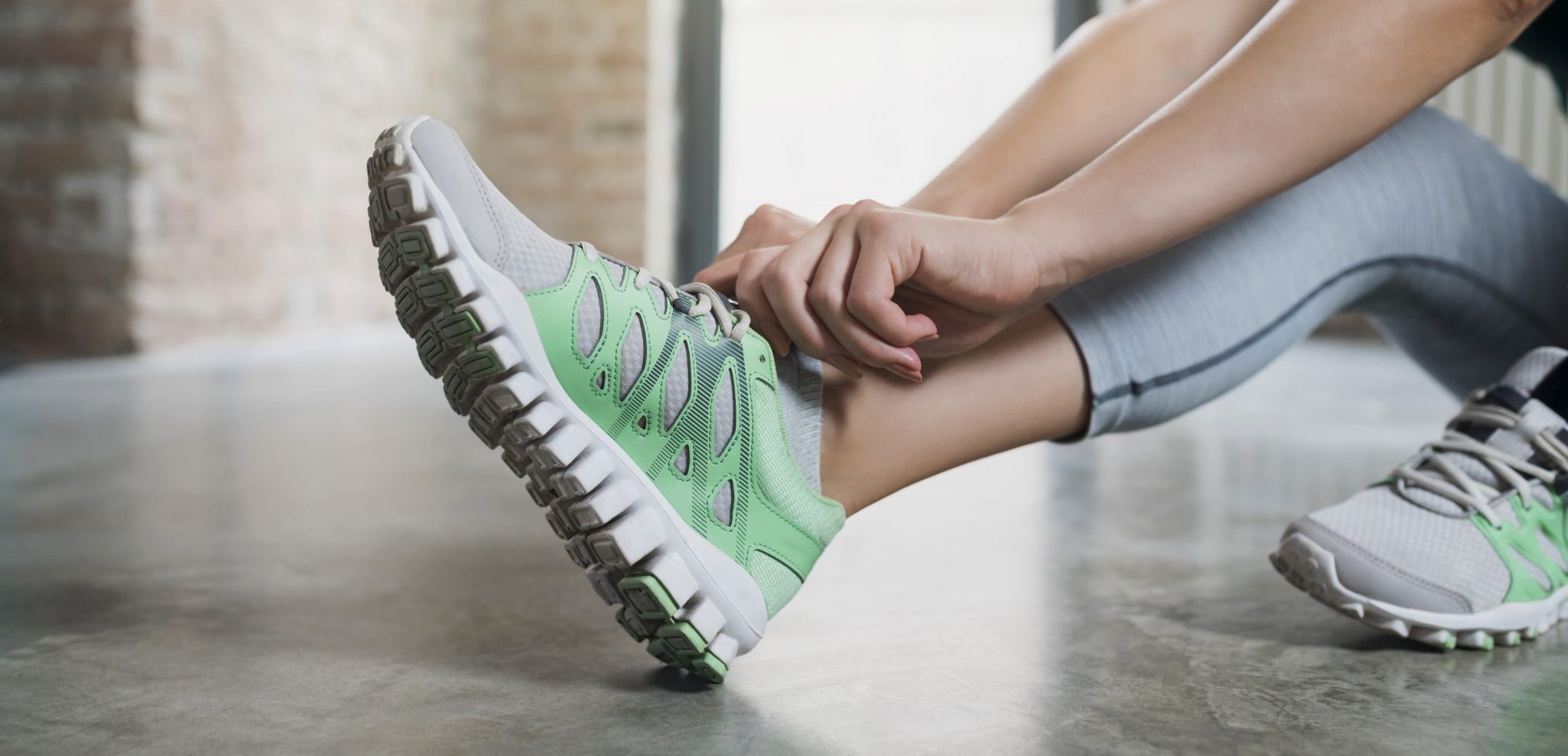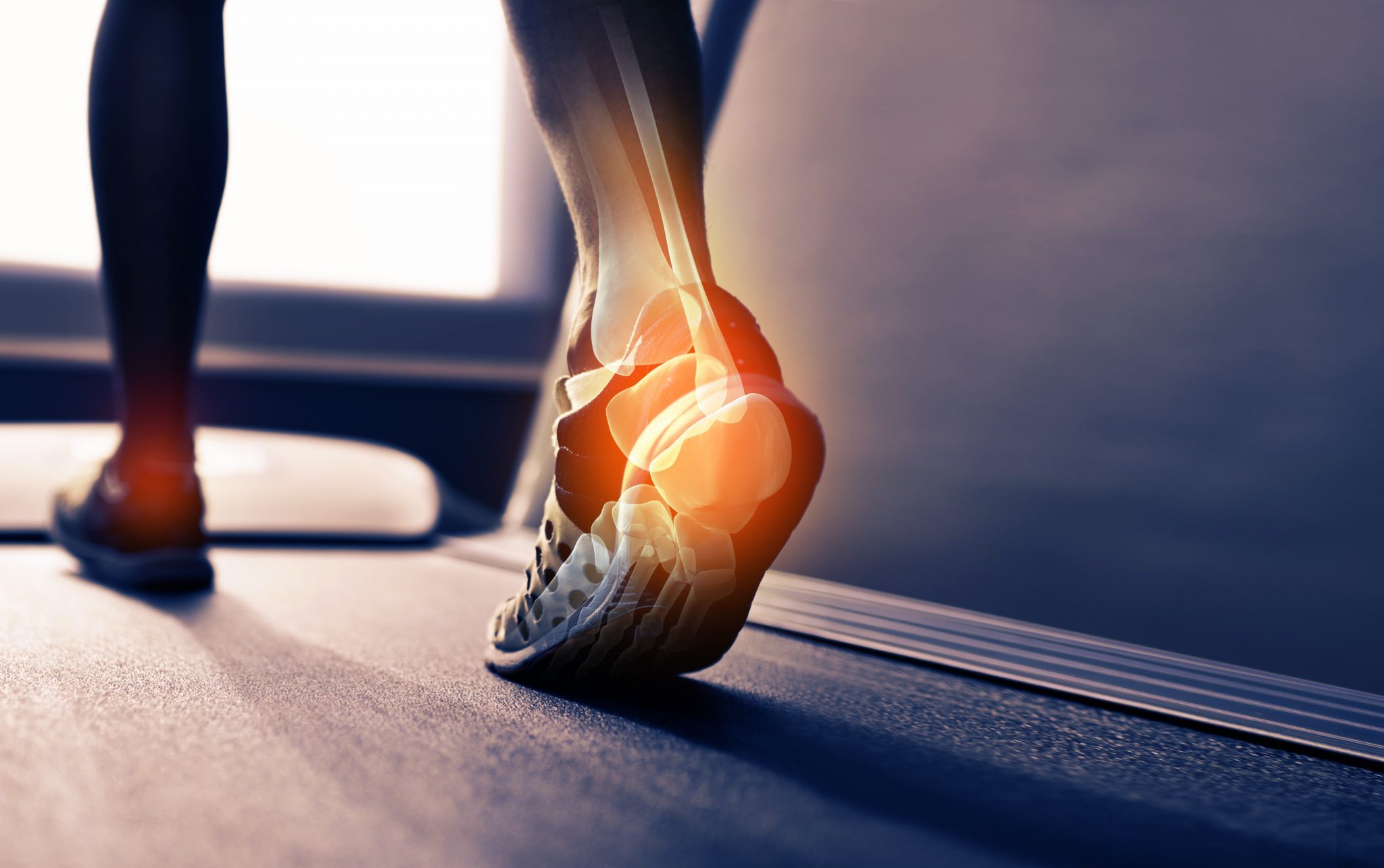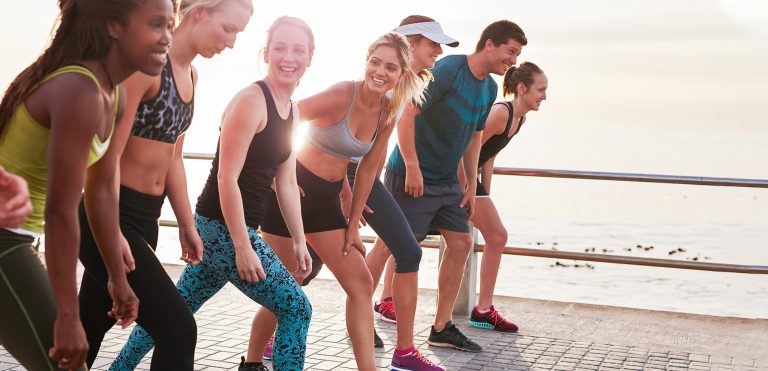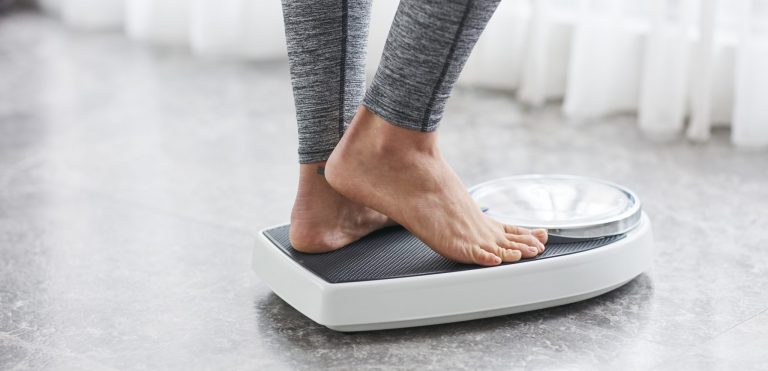Running is an amazing way to get and stay fit. The best part of it is that it's super economical, meaning that it actually requires only one piece of equipment – quality running shoes. However, if you get injured or you have an abnormal running pattern, you'll probably need to invest into runner's orthotics.
What are running orthotics?
In general, orthotics are externally applied devices that help to modify the functions of the wearer's muscular or skeletal systems. When we talk about running with orthotics, we usually mean orthopaedic insoles.
There are roughly two types of insoles: custom-made and over-the-counter. The latter can be more than ten times cheaper and you can start wearing them straight away. You'll be good to wear these for about a year. So if you're looking for prophylaxis, most doctors would advice to try these first.
If you are experiencing a certain amount of pain and discomfort in your feet, you can also try the cheaper ones first. However, chances are that the ones made specifically for your feet will be much better for you.
Custom insoles are created by making a plaster cast of your feet and then bringing it to the lab to produce the insoles. This can take up to a month.
There's also a period of your physical adjustment that can take up to two weeks of discomfort, ranging from mild to pretty damn huge, depending on your condition. But no worries, because, after you adapt, these kind of insoles will serve you for a few happy years.
So, do you actually need them?
Even if you don't feel any pain in your feet, running (and walking, for that matter) with orthotics can be very beneficial. They can stabilize and improve your whole body alignment, fix your posture and gait, and serve as a means of prevention from injury and trauma.
Also, it is estimated that the majority of runners own overpronating or underpronating feet. That means that the foot buckles too much or too little when the heel strikes the ground. This can eventually cause discomfort and pain while training.
The problem is that even expensive footwear might not be enough to properly support your feet arches. This is because most of them are designed for fit and comfort, not to stabilize and cushion. Hence, even over-the-counter insoles might shoot the middle range sneakers to a much higher level and make your active time more enjoyable and safer.
On the other hand, some podiatrists speak against this orthopaedic fad. They say that it's better to try and fix the problem naturally before spending your dollars for prescription insoles. Getting good shoes and alternating between two pairs can help.
And, you know, if you have difficulties running, the problem might not necessarily lie in your feet. It's a good idea to see a doctor and get your back, leg muscles, and knees checked. While you're at it, go to a podiatrist who specializes in working with runners to talk this orthopaedic insole thing through.





